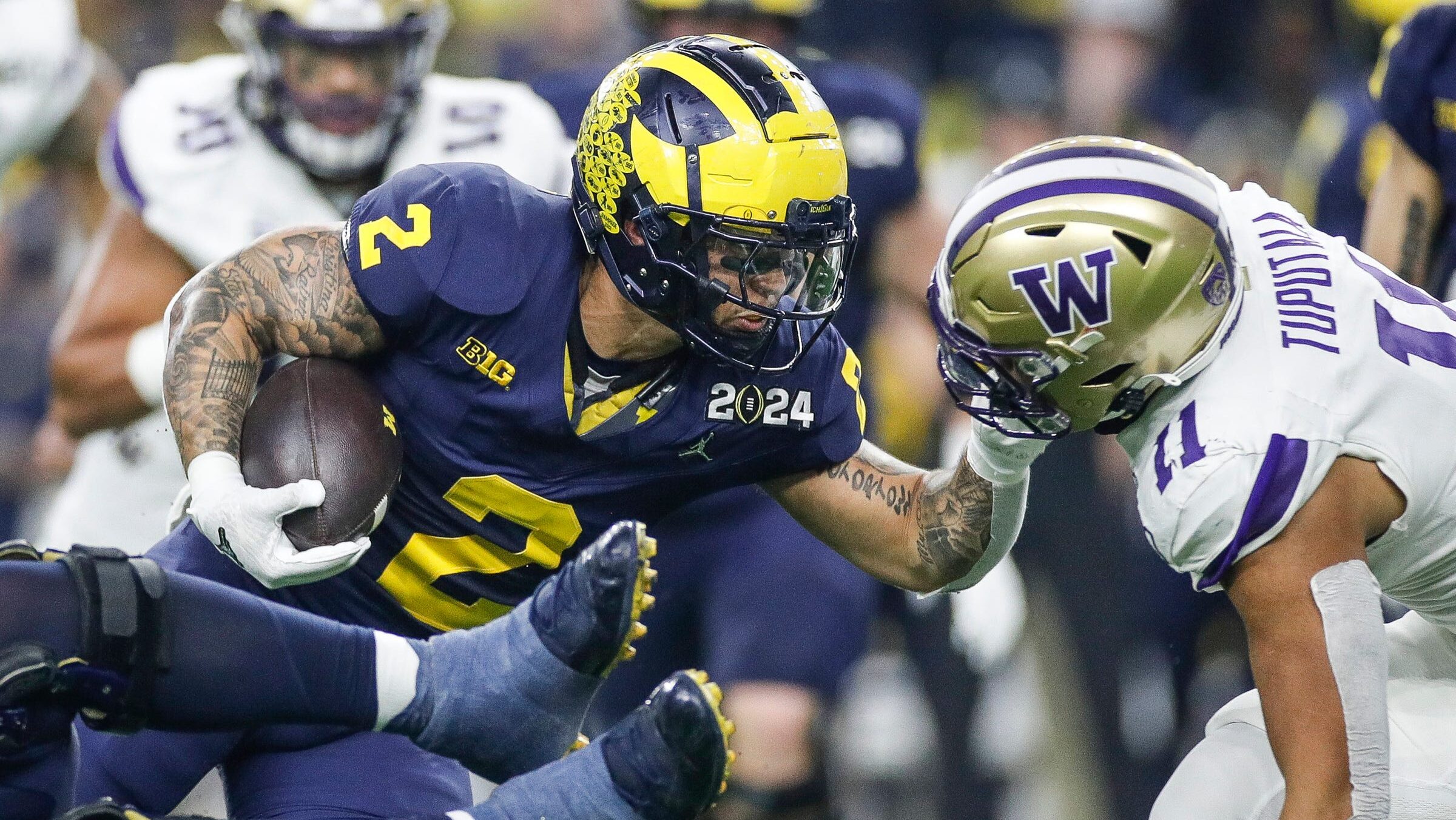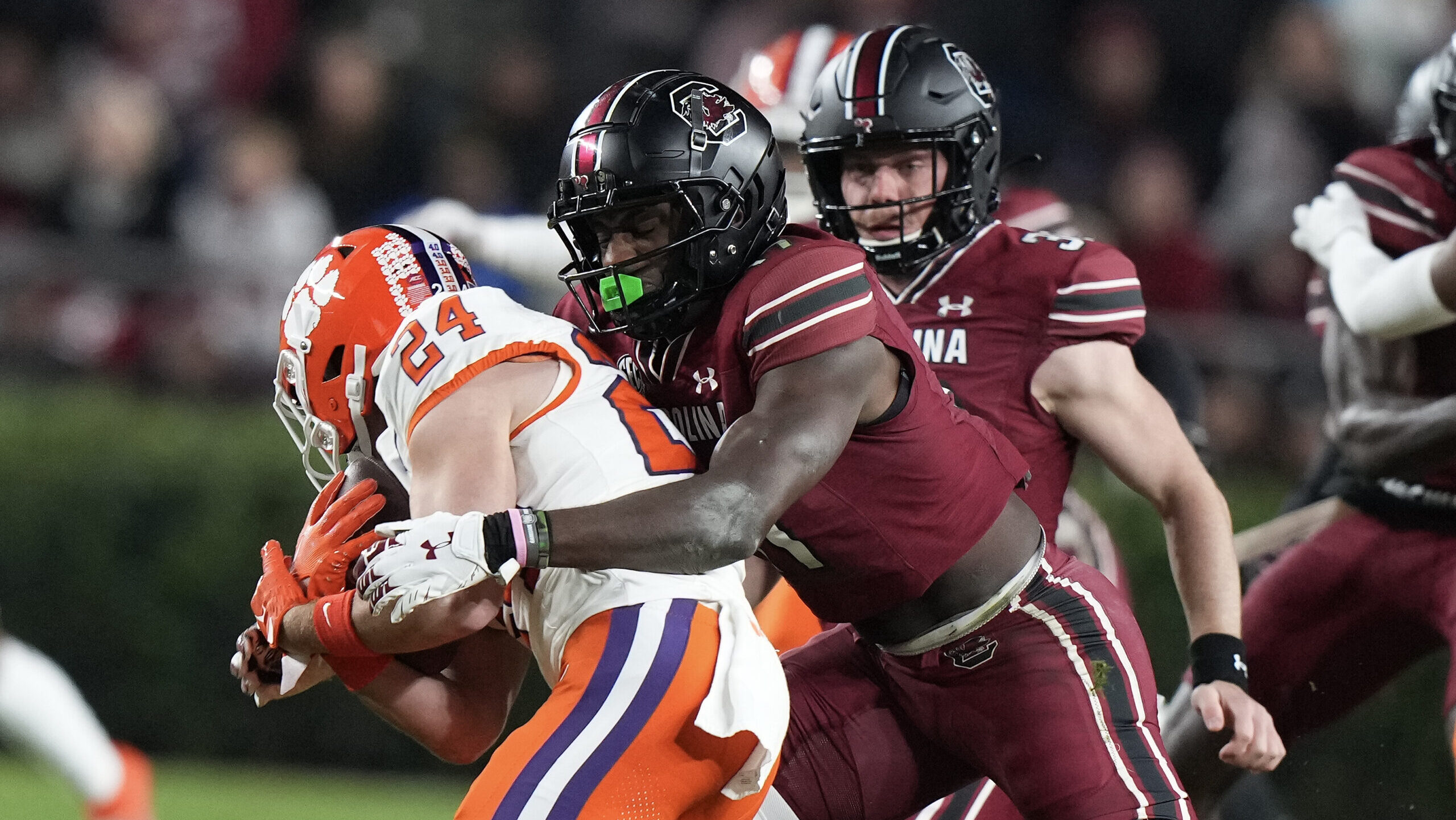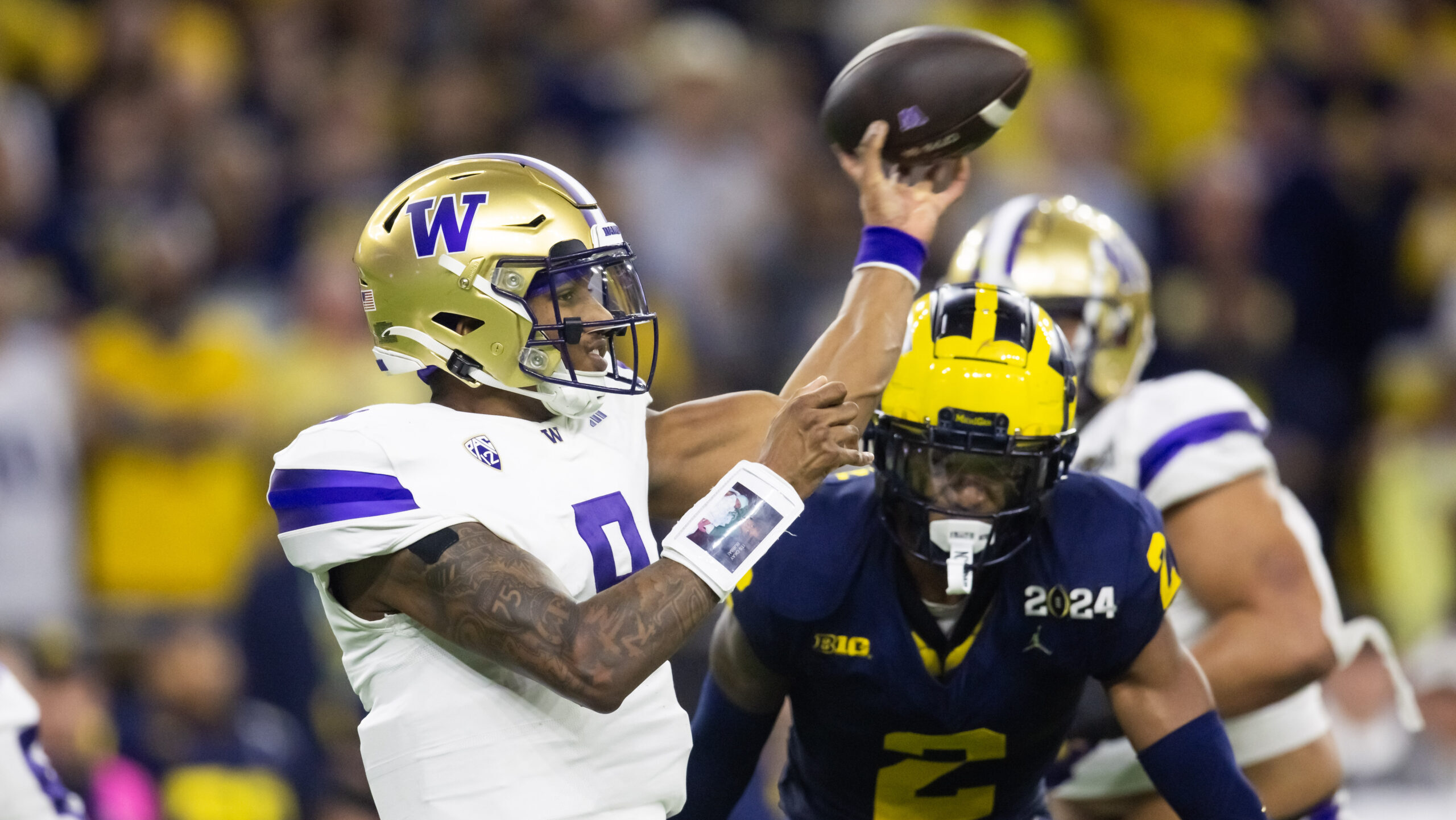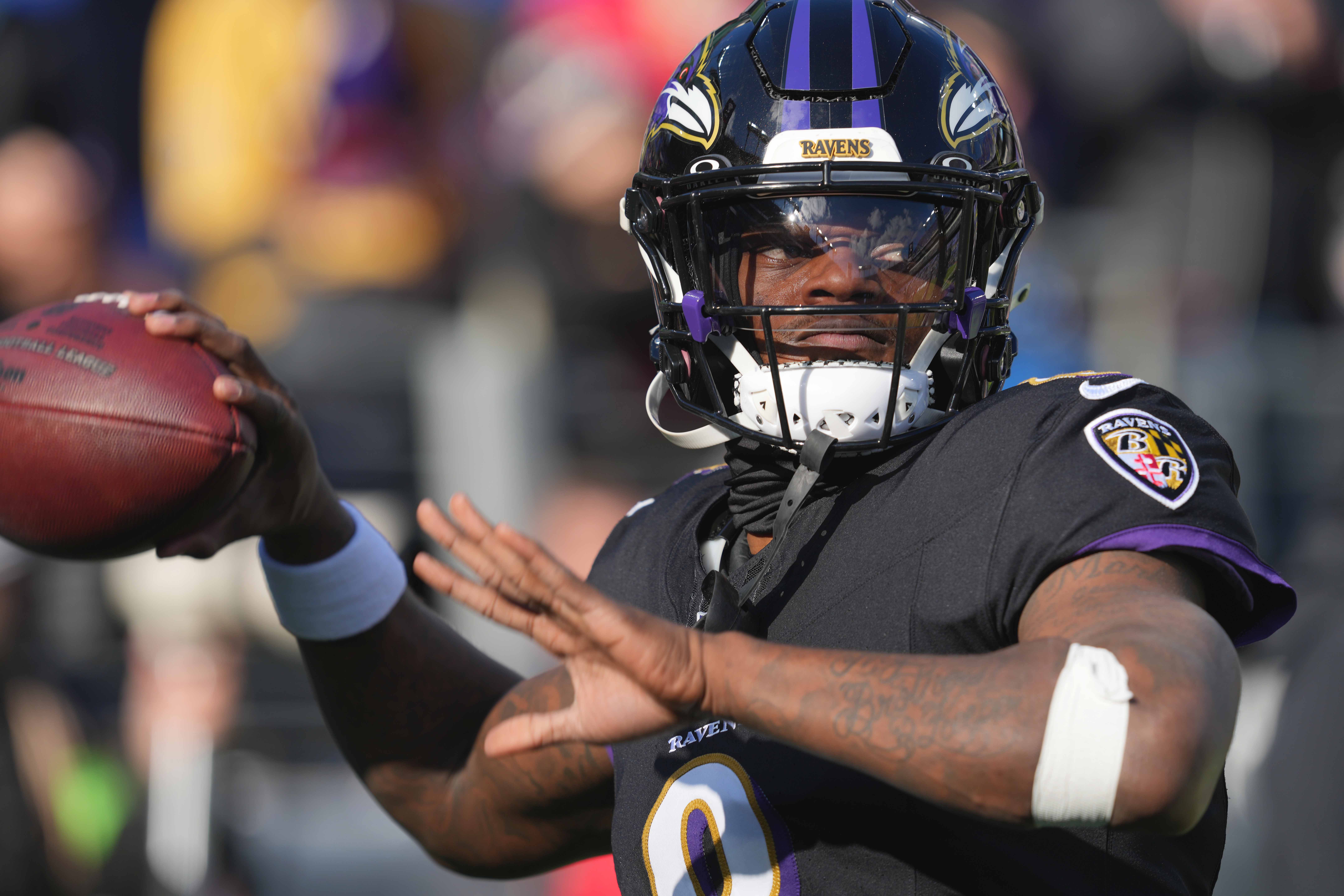Analysis
5/31/23
6 min read
Best Ball: Kansas City Chiefs WR Kadarius Toney Is Worth Risk
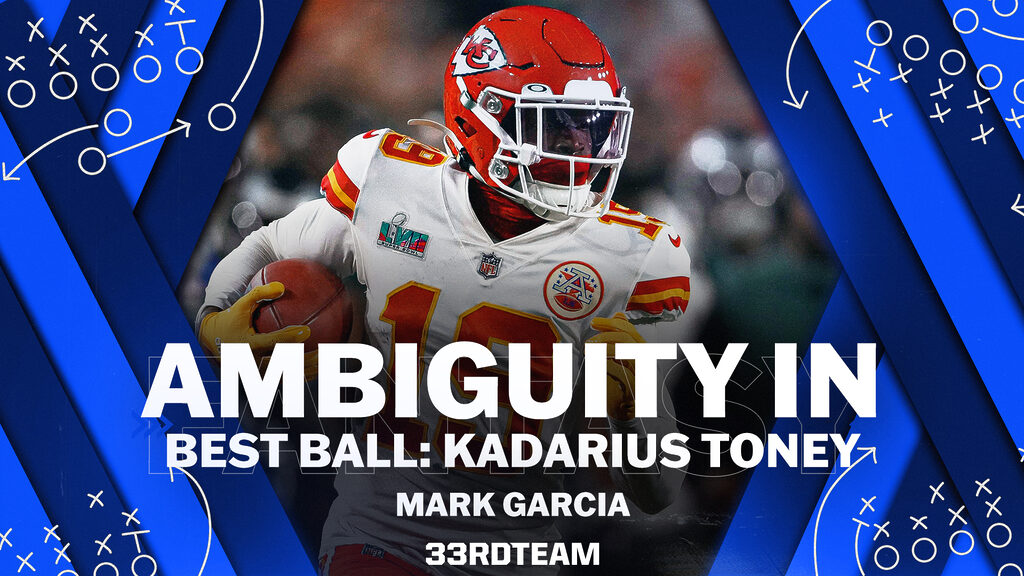
In the introductory article for this series, we laid out the framework for identifying ambiguity in best ball. If you’re unsure what we refer to, read that piece before continuing with this article.
The exploration in this piece will be the final work of the Ambiguity in Best Ball series. This time we will examine the uncertainty surrounding the Kansas City Chiefs wide receivers, with particular attention paid to one of the league's most impressive athletes — Kadarius Toney.
Other profiles: Treylon Burks | DeAndre Hopkins | Jameson Williams | Dolphins RBs | Ravens Pass-Catchers
Kadarius Toney Best Ball Outlook
Coaching, Personnel Changes
Longtime Chiefs offensive coordinator Eric Bieniemy departed Kansas City this offseason to take the same position for the Washington Commanders. The team turned to a man with experience designing and operating an offense in unison with head coach Andy Reid – former Chiefs offensive coordinator Matt Nagy.
Quarterback Patrick Mahomes entered the league in 2017, Nagy’s final season as coordinator for the Chiefs before the Chicago Bears hired him as coach. Mahomes seized the starting starting job in 2018 and has won two Super Bowls and two NFL MVP Awards since.
Kansas City watched as two of its top wide receivers from the 2022 season departed in free agency this offseason, Juju Smith-Schuster and Mecole Hardman. The Smith-Schuster experiment never fully materialized, and Hardman’s gadget role never grew beyond short average depth of target situations. Instead, the Chiefs chose to move forward with a starting trio of Toney, Marquez Valdes-Scantling and Skyy Moore.
The depth at wide receiver behind the presumed starters includes 2023 second-round pick Rashee Rice, veteran journeyman Justin Watson, free agent addition Richie James and 2022 undrafted free agent Justyn Ross.
The running backs room remains a relative weakness for the Chiefs. Clyde Edwards-Helaire, a 2020 first-round pick who has missed seven games each of the past two seasons, has been a disappointment. Meanwhile, 2022 seventh-round selection Isiah Pacheco sits atop the depth chart while veteran pass-catching specialist Jerick McKinnon returns on another one-year contract.
Finally, Travis Kelce, who blew away all other tight ends in 2022 on his way to yet another top finish at the position, returns.
Team Volume, Efficiency
Since Mahomes took over in 2018, the Chiefs have finished first, second, sixth, fourth and first in scoring. That said, the highest scoring Chiefs wide receiver in the post-Tyreek Hill era was Smith-Schuster at only 11.6 fantasy points per game (37th amongst wide receivers in 2022). They simply lacked dynamism at the position, and what talent they had with the ball in their hands was largely confined to short area routes that generate little upside.
Kansas City ran 1,093 offensive plays in 2022 with a 61.9 percent pass rate, yielding 648 Mahomes pass attempts. This provides a solid baseline projection moving forward, even with the change at offensive coordinator from Bieniemy to Nagy. Reid remains and has a large influence on the offensive design and management. Kelce’s career-high target market share sits at 26.1 percent, a mark that would yield almost 170 targets in a near best-case scenario.
Over the previous five seasons, the most targets fed to the running back position under Reid was 113. Nagy's Bears offenses had one season with more than 111 targets to running backs, a 164-target outburst primarily funneled through Tarik Cohen. All of that to say, Reid and Nagy offenses are notoriously sparse in running back target rates. Assigning a worst-case 120 targets to the position in 2023 seems reasonable.
Individual Projections
| Year | 2021 | 2022 |
| Targets per Route Run (TPRR) | 28.9% | 28.6% |
| Route Participation | 53.2% | 21.3% |
| Target Rate | 16.2% | 6.4% |
| Average Depth of Target (aDOT) | 6.3 | 4.0 |
| Red Zone Target Share | 13.5% | 14.3% |
Assuming the worst-case scenario discussed above leaves 280-330 targets available for Chiefs wide receivers, which is a viable range of outcomes considering the talent cliff on the roster behind Kelce. The question becomes how those targets are likeliest to be distributed among the wide receivers likeliest to be on the field.
Valdes-Scantling has never earned more than 81 targets during his five-year NFL career. Moore averaged just 9.3 routes per game, had a measly 1.0 percent red zone target rate, was a three-star recruit out of high school and put up just 1.68 yards per route run in his first season in the league.
That leaves Toney, who’s elite TPRR values over his first two professional seasons hints at untapped upside. The biggest obstacle to the target earning abilities of Toney is his laughable marks in aDOT and total target rate. The former highlights rather poor route running ability while the latter highlights his lack of health over the previous two seasons.
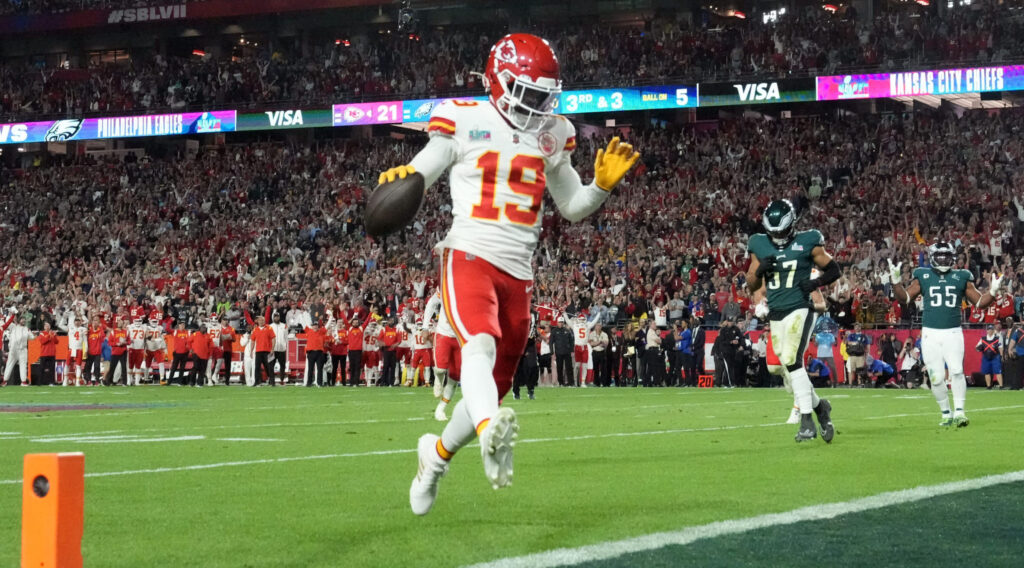
Variance-Induced Upside, Downside
It’s far too easy to explain away Toney’s health and inability to work the intermediate-to-deep areas of the field as the reasons to take a bearish stance moving forward. It completely disregards his elite athleticism in favor of hard stances on two situations that can change for Toney. As in, contrary to public perception, there is a scenario where Toney stays healthy throughout the season. Also, contrary to public perception, route running is a learned skill not something a player is born with. So that is an area of Toney’s game that can improve during his NFL career.
Toney has the intangibles, but he has been lacking top-end route running ability and health. What if those two negatives change? Do we know how he has spent his offseason? Is he ever going to play a full 17-game season without getting injured? The elite ability to earn targets paired with his elite ability with the ball in his hands can grow and blossom into something that takes the league by storm should he improve in the two areas previously discussed. That would lead to a range of outcomes that is as elite as it is wide.
Or Toney could just be another washout pass-catcher with elite intangibles that never fully translates those skills to the NFL level. I think it wise to place leveraged bets on lopsided profiles that provide elite top-end upside with a better-than-perception chance of achieving that upside – and I think you should too.
Finally, the analysis presented through this series is meant to be free of the biases that most currently possess surrounding enigmatic players such as Toney. If you read this series continually thinking I was wrong (or even I was right), you might be falling into this same psychological trap. The game of best ball isn’t about pitting your football knowledge against the field’s knowledge. It’s about leveraging range of outcomes as they stand versus ADP better than the field through the constants of roster construction, correlation, and balanced portfolio building techniques.
Follow The 33rd Team Podcast Network on Spotify and Apple Podcasts.


